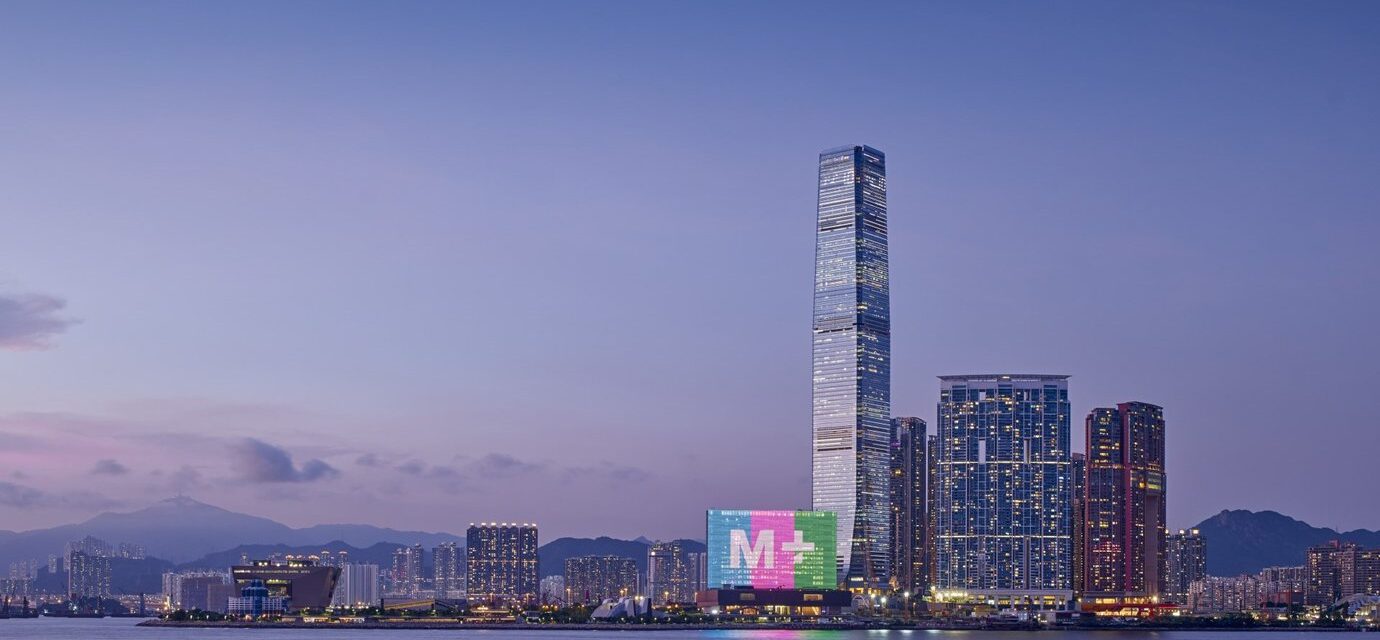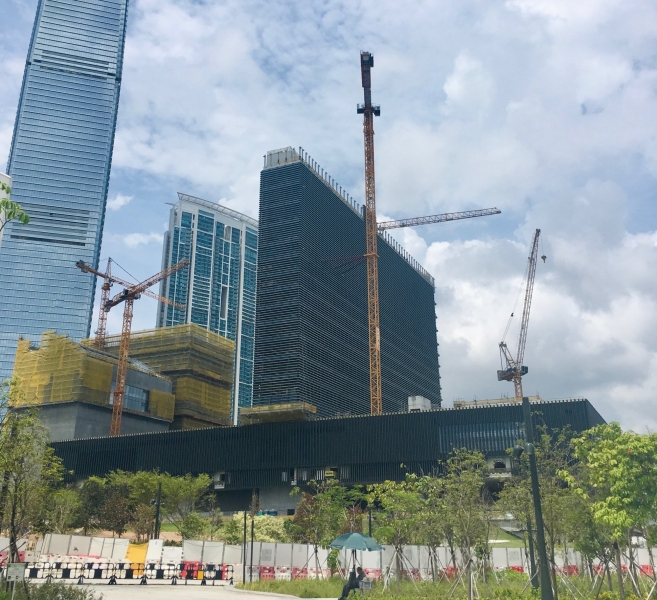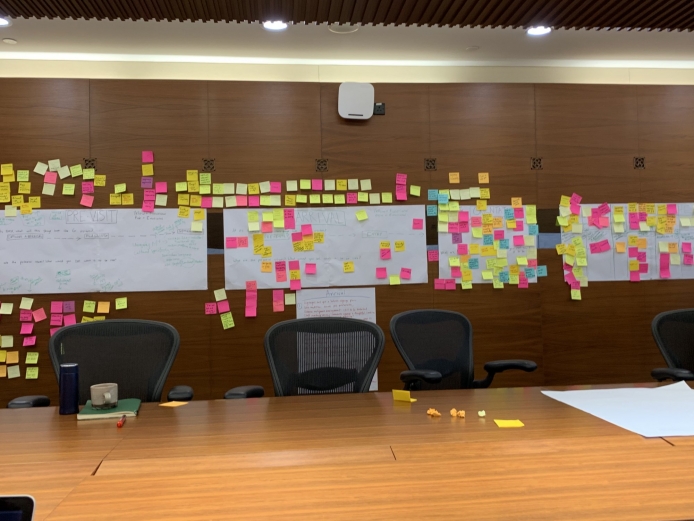- What We Do
- Understanding your audience
- Engaging new audiences
- Designing experiences
- Building loyalty
 Case studies
Case studiesBuilding audience focus into M+
Planning visitor journeys in a museum that doesn’t physically exist yet is a challenge. We’ve worked with M+ across all departments to identify their visitor types and ensure the experiences they offer will reflect the needs, interests and motivations of their future audience.
M+ is a museum dedicated to visual culture of the 20th and 21st centuries in Hong Kong. M+ has been active since 2012, and is set to open its much-anticipated physical site in West Kowloon at the end of 2021.
As it prepared for the opening of its building, M+ engaged MHM to support their audience-focus and to help foster a culture of insight-based decision-making across the organisation.

The main goals of the project were:
- to better understand M+ audiences
- identify specific needs in relation to a future visit, alongside potential barriers, and
- to put in place an evaluation framework to measure future success.
The working relationship between M+ and MHM was long-term, designed to build internal capacity and maximise organizational buy-in.
Everyone at M+ has a role to play
The project began with the senior leadership team to ensure support and real champions from the top down.
We continued with a comprehensive programme of staff workshops, face-to-face debriefs and progress meetings. These were designed to both support the team on their journey and also ‘upskill’ staff in audience-focused practice, research and evaluation.

Mapping future visitor experiences
In the first phase of the project, the team developed visitor journey maps; a challenging prospect without a physical museum site, and one which required an entirely bespoke and innovative approach.
Working closely with cross-departmental M+ teams, we collaboratively mapped out the future M+ offer from pre-visit planning through to post-visit touch-points. We identified potential barriers as well as what an ideal visit might look like at each stage of the journey.
Together, we identified six likely visitor types. These were clustered around shared practical needs as well as what deeper motivations visitors might be seeking to fulfil through an M+ experience. The development process was highly iterative to ensure maximum M+ participation and that the outcome was truly reflective of the unique M+ experience.
“The identification of visitor types allows front of house staff to remain focused and provide a world-class museum experience for visitors.” – Karman Wong, Head Visitor Services
Testing assumptions with visitor types
With journey maps and visitor types taking shape, we invited 30 Hong Kong residents from the core visitor types to join us for in-person focus groups to test our assumptions.
We also undertook online focus groups with participants from the top source markets for tourism to Hong Kong, to tease out any specific needs international visitors might have.
Feedback from real people not only helped refine the final journey maps but also brought the visitor types to life for the M+ team, who observed the in-person sessions.
As final deliverables MHM created a highly visual master journey map identifying needs across different journey phases and touchpoints, visual summaries of each visitor type as well as individual visitor journey maps for each of the six visitor types. This we presented, of course, to the entire team.
Actionable insight to create the ideal visitor experience
Across the whole organisation, M+ staff are using the maps and visitor types to identify areas of the visitor experience that needed further attention, or which visitor types needed more focus in their planning.
For example, the Learning and Interpretation team are crafting a late-night programme of bucket-list activities for the ‘site-seer’ visitor types. In Visitor Services, the teams role-play the visitor types in their training to better understand their diverse needs.
Building robust evaluation into the visitor experience
MHM has developed an evaluation strategy to embed a culture of evaluation at M+ and ensure it collects the right data to monitor the museum’s future success.
Like the first phase of the project, developing an ideal evaluation process was highly iterative and involved staff workshops, one-to-ones and online consultations. We unpacked what success would look like to each department, what visitor outcomes would be achieved and what data collection was reasonable and practical to undertake. The deliverable was a strategic, but practical suite of living documents.
“The Strategy Tree and Methodology Matrix are fundamental building blocks of future visitor research at M+”
Ria Smith, Manager Strategic Projects
- Engaging new audiences
- Understanding your audience
